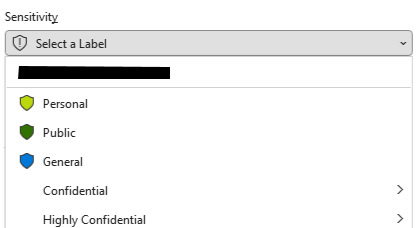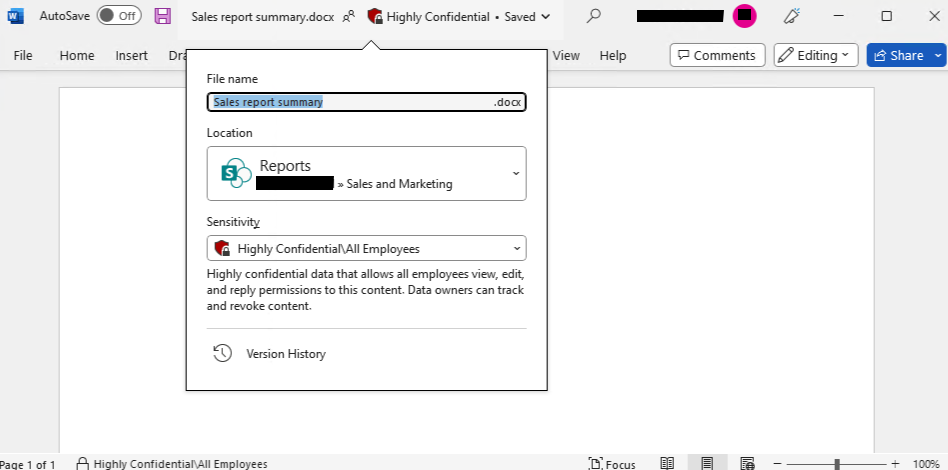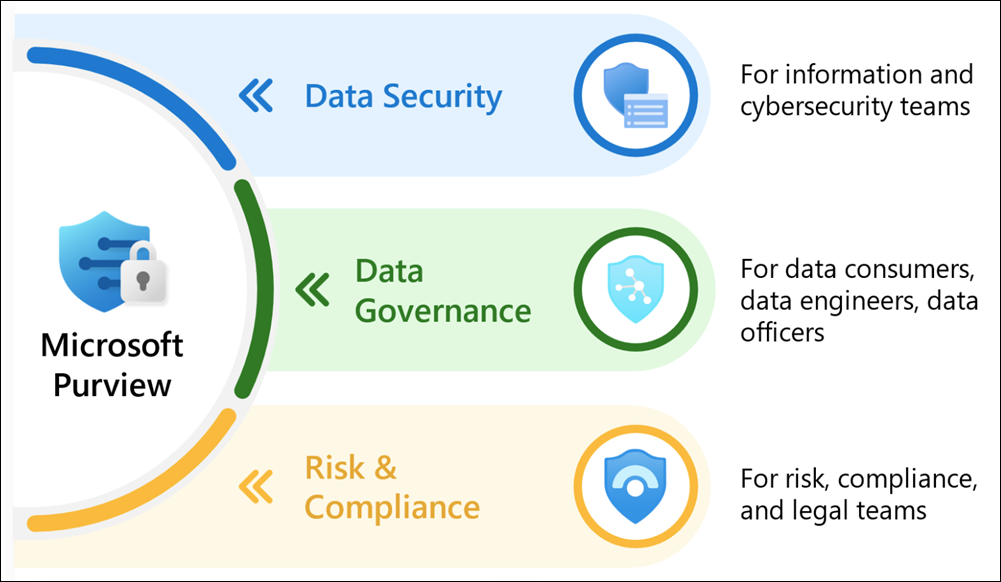Safeguarding Your Data with Microsoft DLP: A Comprehensive Overview
In an era where data breaches and compliance violations are increasingly common, organizations must prioritize data protection and management. Microsoft Data Loss Prevention (DLP) is a powerful solution designed to help businesses safeguard sensitive information, ensuring that it is used appropriately and remains secure. In this blog post, we’ll explore the key features of Microsoft DLP, including Microsoft Purview, sensitivity labels, retention labels, encryption, and more.
Understanding Microsoft DLP
Microsoft DLP is a set of tools and policies that help organizations identify, monitor, and protect sensitive data across Microsoft 365 services. By implementing DLP policies, businesses can prevent the accidental sharing of sensitive information, such as personally identifiable information (PII), financial data, and intellectual property.
Key Features of Microsoft DLP
Microsoft Purview: Microsoft Purview is an integrated data governance solution that provides organizations with a comprehensive view of their data landscape. It helps businesses discover, classify, and manage sensitive data across various sources, including on-premises and cloud environments. By leveraging Purview, organizations can gain insights into their data usage and ensure compliance with regulatory requirements.
Sensitivity Labels: Sensitivity labels are a critical component of Microsoft DLP, allowing organizations to classify and protect sensitive information based on its importance. By applying sensitivity labels to documents and emails, businesses can enforce specific protection actions, such as encryption or access restrictions. This classification helps ensure that sensitive data is handled appropriately throughout its lifecycle.


Retention Labels: Retention labels enable organizations to manage the lifecycle of their data by specifying how long information should be retained and when it should be deleted. By applying retention labels to documents and emails, businesses can ensure compliance with legal and regulatory requirements while minimizing the risk of retaining unnecessary data. This feature is essential for effective data governance and risk management.
Encryption: Microsoft DLP integrates seamlessly with encryption technologies to protect sensitive data both at rest and in transit. By applying encryption policies based on sensitivity labels, organizations can ensure that only authorized users can access sensitive information. This added layer of security helps prevent unauthorized access and data breaches, safeguarding critical business information.
Policy Enforcement: Microsoft DLP allows organizations to create and enforce policies that govern how sensitive data is handled. These policies can include actions such as blocking the sharing of sensitive information, sending alerts to administrators, or requiring user training for policy violations. By proactively managing data usage, organizations can reduce the risk of data loss and ensure compliance with internal and external regulations.
Monitoring and Reporting: Microsoft DLP provides robust monitoring and reporting capabilities, allowing organizations to track data usage and policy violations. Administrators can access detailed reports that highlight potential risks and compliance issues, enabling them to take corrective action as needed. This visibility is crucial for maintaining a strong data protection posture.

Conclusion
Microsoft DLP is an essential tool for organizations looking to safeguard their sensitive data and ensure compliance with regulatory requirements. By leveraging features such as Microsoft Purview, sensitivity labels, retention labels, encryption, and policy enforcement, businesses can effectively manage their data and reduce the risk of data loss. As cyber threats continue to evolve, implementing a comprehensive DLP strategy is vital for protecting your organization’s most valuable asset—its data. If you’re ready to enhance your data protection strategy with Microsoft DLP, contact us today to learn how we can help you implement these powerful solutions
